You’ve just had your home professionally treated for pests. You’re expecting peace of mind, maybe even an instant bug-free environment. But then—a few days later—you see a cockroach skitter across the kitchen or ants still marching along a windowsill. Is the treatment not working?
Good news: this is not only normal—it’s a sign the treatment is doing its job.
In this post, we’ll explain why you might still see pests after treatment, how long it takes for pest control to fully work, and what you can do in the meantime to support the process.
What Happens After a Pest Control Treatment?
A professional pest control treatment doesn’t work like a light switch. While the products used are powerful and targeted, it takes time for them to fully eliminate the pest population—especially if you’re dealing with a hidden or established infestation.
Here’s a general breakdown of what’s happening behind the scenes:
1. Pests Are Coming Out of Hiding
Many pest control treatments include a “flushing agent”—a product designed to agitate insects and force them out of their hiding places. So when you see more bugs right after treatment, it can actually mean the pesticides are working and pests are being exposed.
2. Residual Products Continue Working Over Time
Most professional-grade pest treatments are designed to linger on surfaces. These residual products remain active for weeks or even months, killing pests that come into contact with them over time. That means you might see pests for a while, but their days are numbered.
3. You’re Dealing With Eggs or Larvae
Certain pests—like cockroaches, fleas, and bed bugs—lay eggs that may survive initial treatment. These eggs hatch over days or weeks, which is why you might see a “wave” of activity post-treatment. This is also why follow-up treatments are often necessary: to break the life cycle completely.
How Long Should You Expect to See Pests After Treatment?
This depends on the type of pest, the severity of the infestation, and the treatment method used. But here’s a general guide:
- 1–3 Days After Treatment: You may see an increase in pest activity as bugs are flushed from hiding.
- 1–2 Weeks After Treatment: Activity should begin to noticeably decline. Some pests may still be visible.
- 3–4 Weeks Later: Most pest problems should be significantly reduced or eliminated.
- Ongoing (For Larger Infestations): You may require follow-up treatments over several months.
If you’re still seeing heavy activity after 3–4 weeks, it’s worth contacting your pest control provider for a follow-up or inspection.
Types of Pests Most Likely to Stick Around
Not all pests behave the same. Here are a few notorious stragglers:
- Cockroaches: Resilient and excellent at hiding. Eggs can hatch after treatment, requiring follow-up care.
- Ants: Large colonies may take time to fully collapse, especially if the queen survives.
- Fleas: Pupal stage fleas can survive in carpets and emerge over time even after adult fleas are killed.
- Bed Bugs: One of the most persistent pests. Multiple treatments are often required to fully eradicate them.
What You Can Do to Help the Process
While your pest control provider will do the heavy lifting, your cooperation plays a major role in how effective treatment will be. Here’s how to help:
✅ Be Patient
It can be unsettling to still see pests after treatment, but don’t panic. Give the treatment time to work through the infestation cycle.
✅ Follow Prep and Aftercare Instructions
If your technician gave you a prep list (e.g., clearing out cabinets, vacuuming), following those steps closely ensures the treatment reaches the target areas.
✅ Limit Cleaning on Treated Surfaces
Avoid mopping or scrubbing treated baseboards and edges for at least a week unless your pest control technician says otherwise. This ensures the residual product remains effective.
✅ Seal Entry Points
Even after treatment, sealing cracks, gaps, and screens can prevent new pests from entering your home and restarting the problem.
✅ Dispose of Food and Trash Properly
Make sure you’re not attracting new pests with food crumbs, open containers, or full garbage cans.
When to Call Your Pest Control Company
If you’re seeing:
- An increase in pest activity several weeks after treatment
- Pests that weren’t part of the original infestation
- Signs of structural damage (like termites or rodents)
- Bites or health-related symptoms related to the infestation
Then it’s time to reach out. Most reputable pest control companies offer follow-up visits, especially for complex infestations like roaches or bed bugs.
Final Thoughts: Progress, Not Perfection (At First)
Seeing pests after a treatment doesn’t mean the service failed—it often means it’s working exactly as intended. With time, patience, and proper follow-up, a professional pest control plan can eliminate even the most stubborn infestations.
At the end of the day, pest control is a process—not a one-and-done event. The goal isn’t just to eliminate the pests you see, but to remove the ones you don’t—and to keep them from coming back. We recommend pest control temecula.

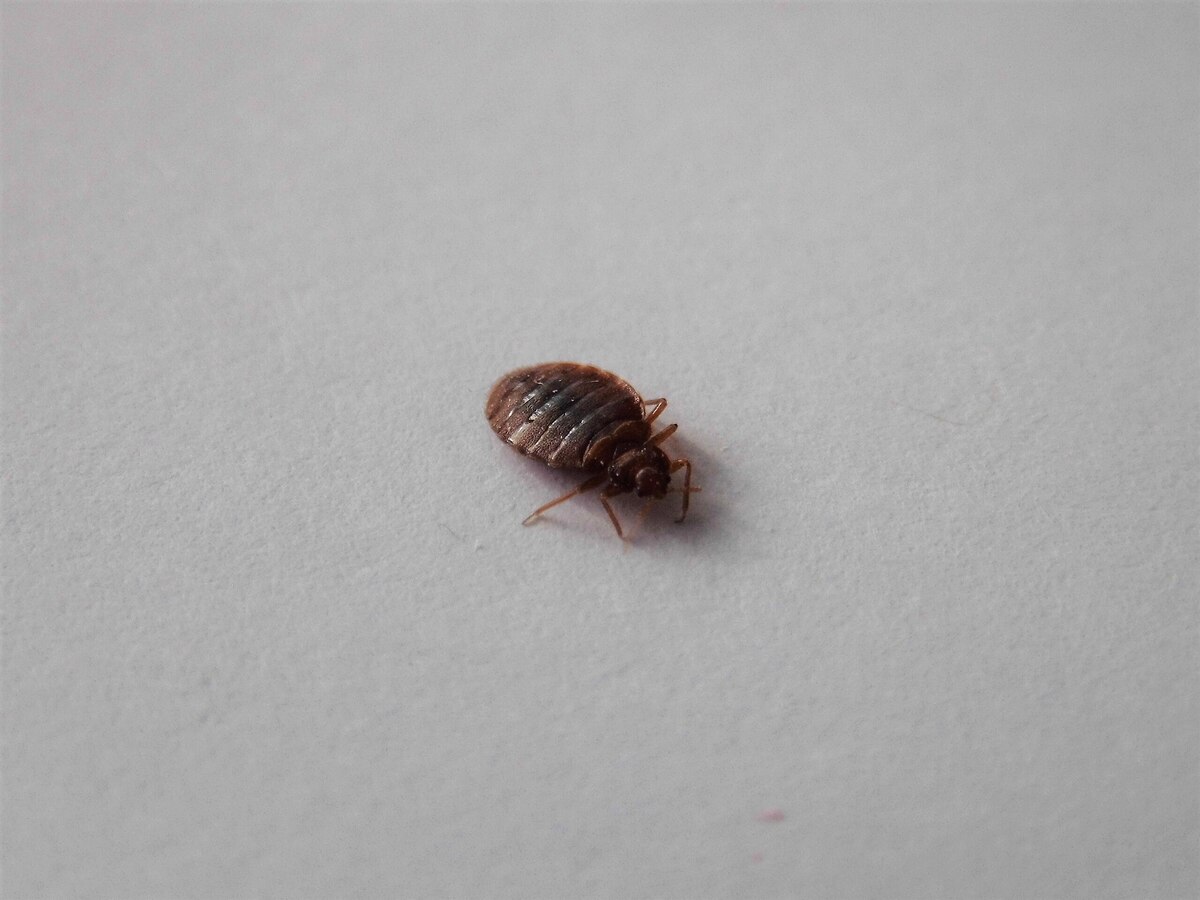
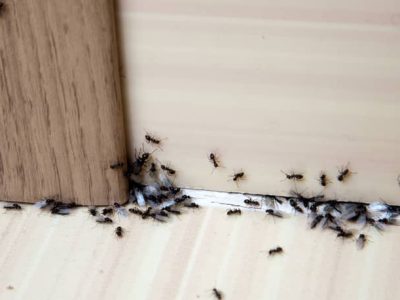


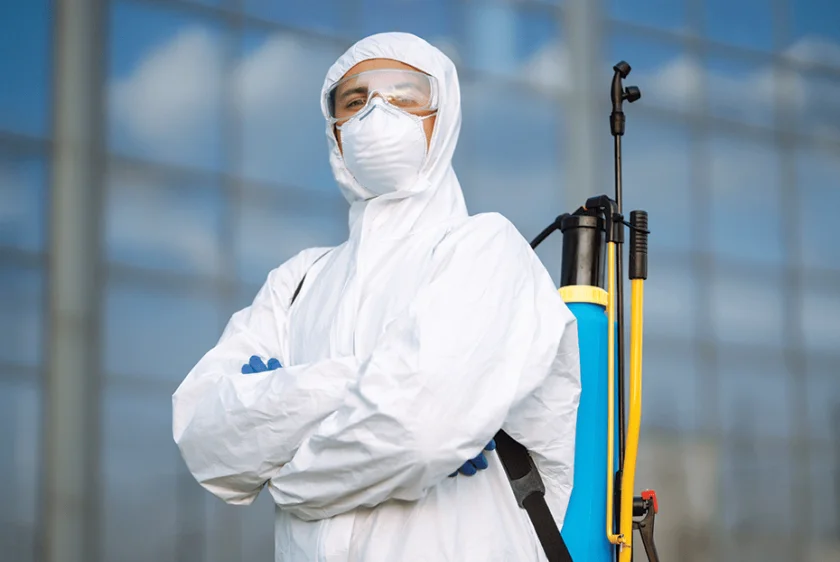

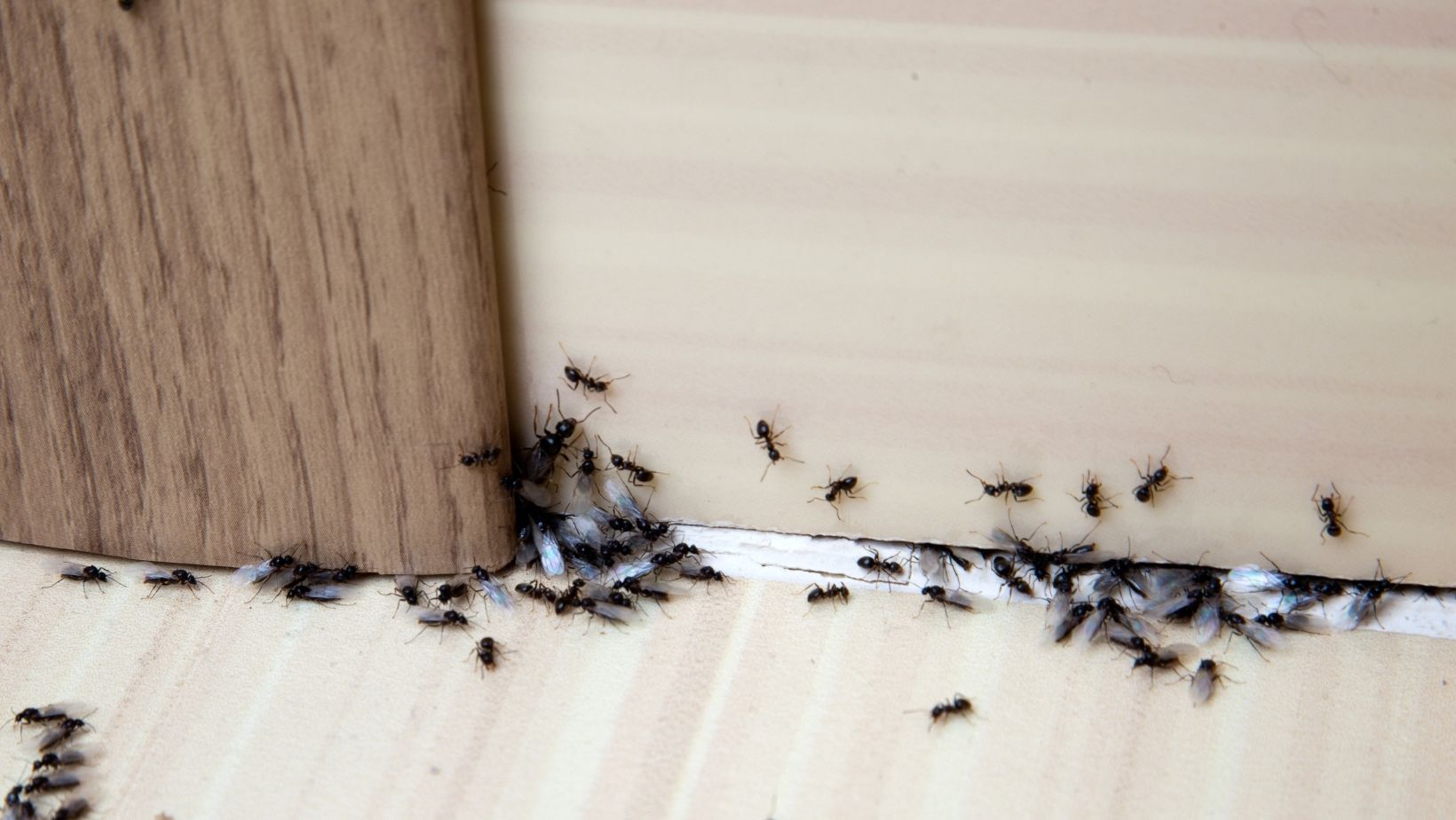




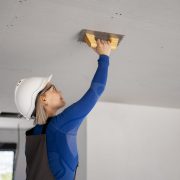

Comments